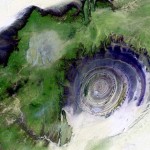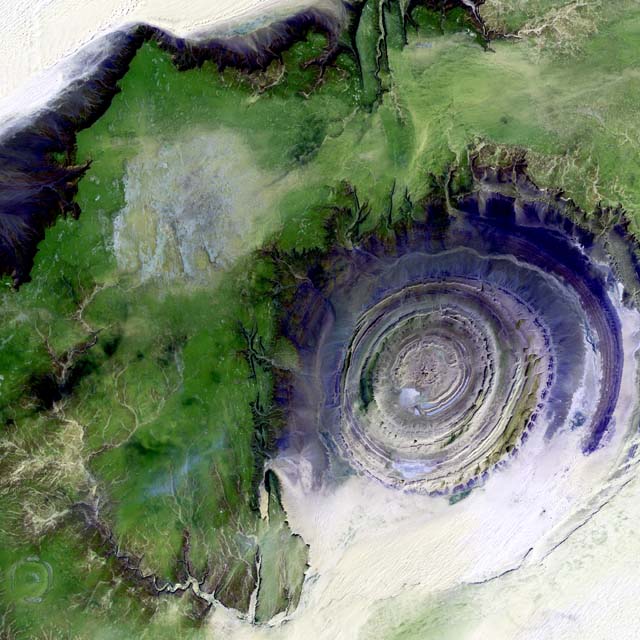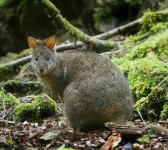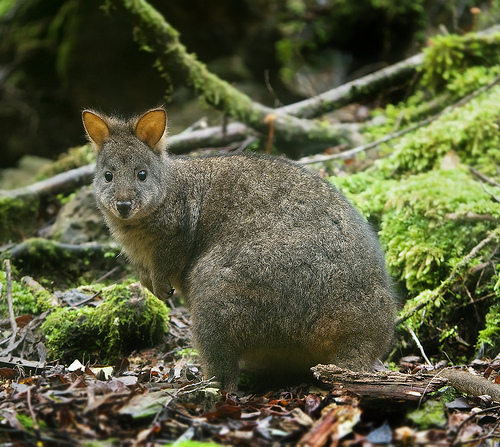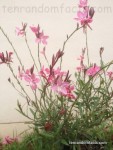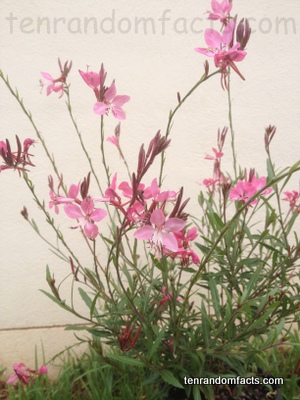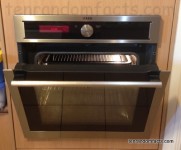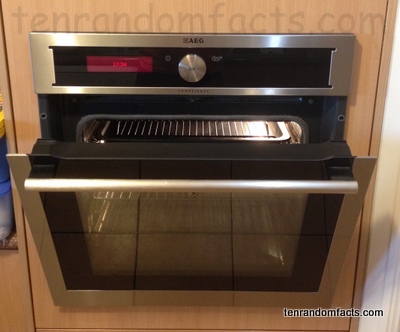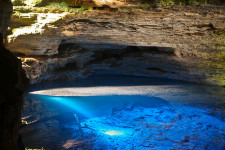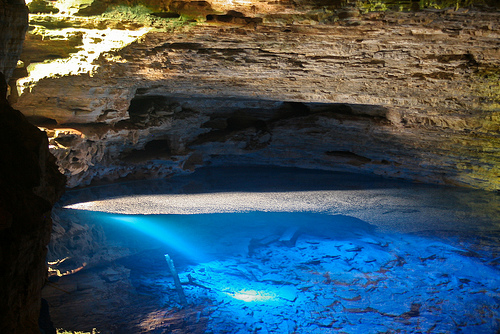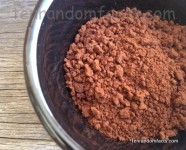
Add the water and add the instant coffee… and voilà!
- Instant coffee is a substance that is placed into a liquid to instantly make a coffee beverage, and it used for convenience, due to the lack of equipment required and the speed of which one can make a drink.
- ‘Instant coffee’ is also known as ‘soluble coffee’ and ‘coffee powder’, and while it is convenient, it is often said it has an inferior taste to the equivalent freshly ground beverage.
- The invention of instant coffee began in the 1770s in Britain, when a soluble compound was made, and the substance was further developed by various people in different countries throughout the 1800s, while David Strang, from New Zealand’s Invercargill, is said to have patented a soluble formula in 1890; and there have been notable improvements since.
- Generally, instant coffee starts out as roasted and ground coffee beans, then hot water is added and the grounds go through an extracting and filtering process, after which they are dried either by freezing or spraying.
- Instant coffee is available at supermarkets and other stores, and is most often sold in a airtight bag, tin or jar.
- Instant coffee is generally brown in colour, and can be purchased in both finely powdered or slightly chunky forms, and it can also be bought as a liquid.
- Instant coffee beverages are generally made by adding boiling water to a teaspoon of grounds or powder, and then stirred with a spoon so that the grounds quickly dissolve; and depending on taste, sugar and milk is sometimes added.
- It is possible that instant coffee can increase the likelihood of bladder cancer developing, and decrease the chance of getting type 2 diabetes.
- Depending on the water to instant coffee ratio, the drink can be strong or quite a diluted beverage.
- A typical instant coffee beverage contains small levels of potassium, niacin, manganese and magnesium.
Bibliography:
Instant Coffee, 2015, How Products Are Made, http://www.madehow.com/Volume-3/Instant-Coffee.html
Instant Coffee, 2015, Wikipedia, http://en.wikipedia.org/wiki/Instant_coffee






